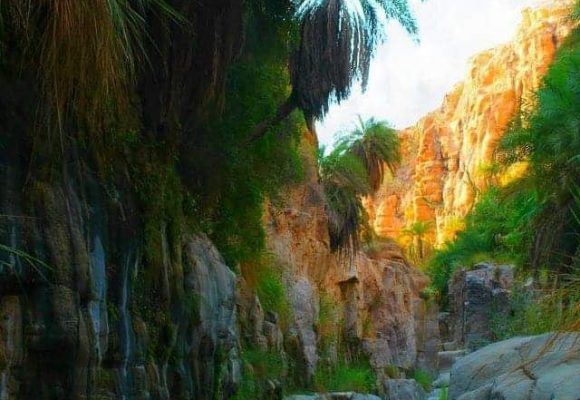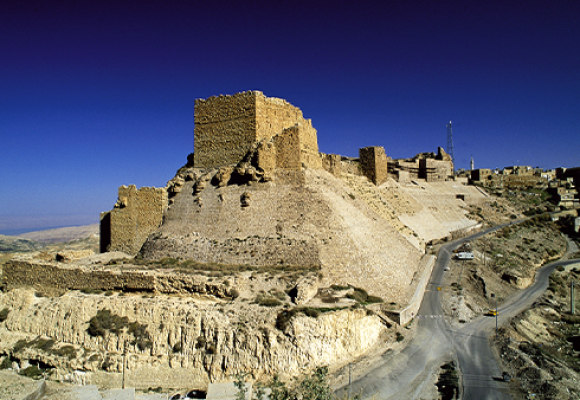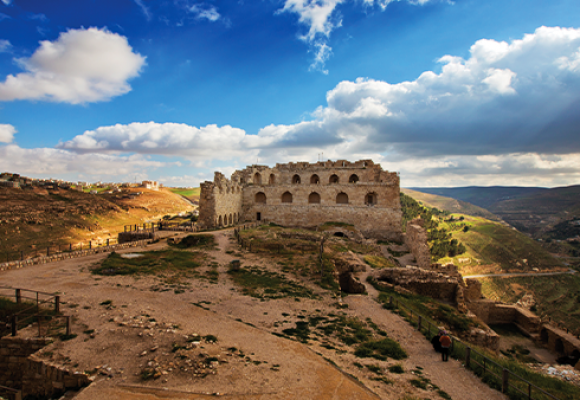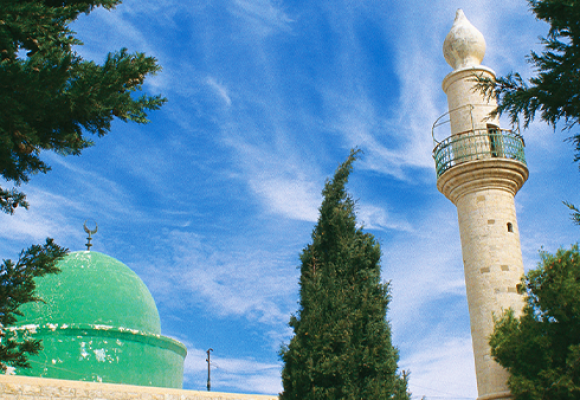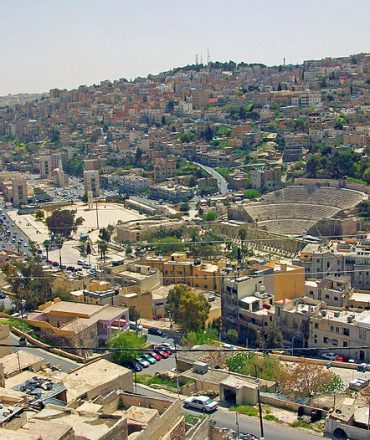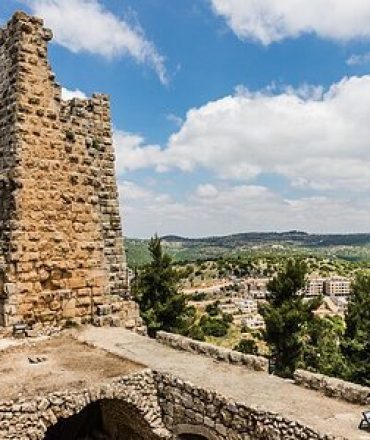Whether you approach Karak from the ancient Kings Highway to the east or from the Dead Sea to the west, the striking silhouette of this fortified town and castle will instantly make you understand why the fates of kings and nations were decided here for millennia.
Una antigua fortaleza de los cruzados, Karak se encuentra a 900 m sobre el nivel del mar y se encuentra dentro de las murallas de la ciudad vieja. Hoy en día, la ciudad alberga a unas 170 000 personas y continúa alardeando de una serie de edificios otomanos restaurados del siglo XIX, restaurantes, lugares para quedarse y similares. Pero es sin duda el castillo de Karak el que domina.

